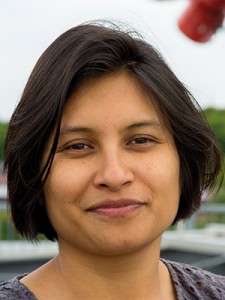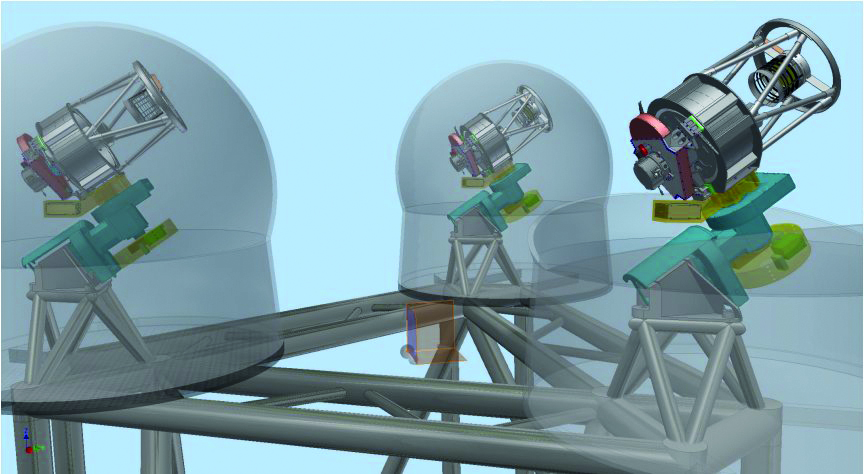 Radboud Excellence member Dr Samaya Nissanke is one of the leading figures in the emerging field of gravitational wave astrophysics. Detecting a gravitational wave exactly a hundred year after Albert Einstein came up with the idea ‘is just mind blowing — imagine discovering light after the prediction of Maxwell’s equations!’, she says. Read her report about September 14…
Radboud Excellence member Dr Samaya Nissanke is one of the leading figures in the emerging field of gravitational wave astrophysics. Detecting a gravitational wave exactly a hundred year after Albert Einstein came up with the idea ‘is just mind blowing — imagine discovering light after the prediction of Maxwell’s equations!’, she says. Read her report about September 14…
September 14, 2015 started as a pretty average day . The excitement that the advanced LIGO-detectors were going to begin observing had been building up for some months, after undergoing technical upgrades that took five years. It was a few days before the official start of the first science run. Then suddenly, September 14 turned out to be a very special day. A day that will be etched in the memory of many physicist and astronomers alike…
I remember coming across an email thread reporting a totally unexpected and very strong signal. We all initially assumed that this was an instrumental glitch or engineering problem … but as the first several days went by, I began to step back and to appreciate that just maybe this signal, where we could actually see the imprint of two black holes swallowing each other at hundreds of millions of light years away as predicted, had been the real deal? Had we observed a real binary black hole merger and a new black hole being born? Was the signal really not simply noise or a blind injection to test the analysis pipelines? And since that day, this simple, joyous and incredible feeling has not subsided and I feel so lucky to have been part of this discovery and this spectacular moment in science after decades of work by so many scientists.
We can observe the universe in a totally different way now through ripples in the fabric of spacetime itself! It enables us to test Einstein’s General Relativity Theory for the first time. For theoretical astrophysicists like us, the most exciting part is only just beginning. I hope that we can find the electromagnetic counterparts of merging black holes and neutron stars. For instance, our current thinking is that only neutron star binary mergers emit light and that this is not the case for binary black hole mergers, but who knows? Theory could always be falsified…and that is what makes science so exciting.
When you look up at a starry night, you see a static heaven. But on the contrary the night skies are incredibly dynamic and time-varying—and some of these transient sources shine brightly in both gravitational and electromagnetic radiation. Characterizing both the electromagnetic and gravitational wave emission from neutron star and black hole mergers using the BLACKGEM optical telescope is one of the main reasons why I came to Radboud as an excellence fellow. I’m working together with a composer Arthur Jeffes and a London based art studio (the Marshmallow Laser Feast) to give us a sensation of what is going on out there. Arthur incorporates celestial chirps in music, sound signals of moving stars sent out billions of years ago. They are including the gravitational wave signal right now. Isn’t it just is amazing that we can actually listen for the first time to the most violent events in the Universe?
